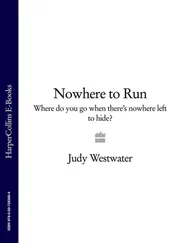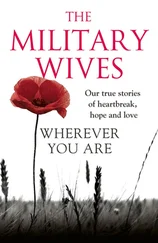Let's turn to a few basic film concepts, most of which will be familiar to you, and then let's look at some literature together and see how it is that writers have always been filmmakers.
The shot is the basic building block of film. From your point of view as spectator, the shot is a unit of uninterrupted flow of imagery. From the moment that image begins to whenever that image is interrupted, by whatever — that is the shot. That is the basis of every film.
Then there are a number of transitional devices for getting from one shot to another. By far the most common, used for the vast majority of transitions, is the cut. You see an image on the screen, and snap! it's not there; another image is there in its place. It's called a cut because originally when film was edited — and this has only changed in the last few years — the film stock was literally cut and then spliced together with the image that followed.
And, of course, shots are connected into scenes and scenes are developed into sequences. Scenes are unified actions occurring in a single time and place — maybe a single shot, more likely a group of shots. A sequence is a group of scenes comprising a dramatic segment of a film.
These concepts describe not only the inevitable flow of film but also the narrative voice as picture maker. These pictures have a life in time. They begin, they develop, and they end in equivalents of the filmic concepts. As in film, it is the manipulation of these "shots" accumulating into "scenes" and
"sequences" that creates meaning and produces the rhythm of the voice of the narrator.
The narrative voice in fiction is always adjusting our view of the physical world it creates, which is equivalent to another group of film techniques on a continuum from extreme long shot to extreme close-up, and the many stages in between. The long shot, the medium shot, the close-up, the extreme close-up — you can slice that sausage as fine as you wish. The narrative voice always places our reader's consciousness at a certain distance from the images it's creating. It can place us at a far distance or bring us into a position of intimate proximity by its choice of detail, by what it lets through the camera lens.
Not only do fiction and film adjust us in terms of our physical relationship to the image, they are also constantly adjusting our sense of time. Fiction and film both often speed time up or slow it down, operating in slow motion and fast motion. You're familiar with the moment when the lovers are finally reunited and they run to each other in slow motion across the plaza or the meadow. In the late sixties or early seventies Sam Peckinpah invented slow-motion violence — at the end of the Western The Wild Bunch, for example, when a gang of criminals all get blown away in excruciating slow motion. That technique has by now become a filmic clich6: every bullet's impact is in lugubrious slow motion.
Fast motion in film, however, is almost always comic in effect. Some filmmakers have tried to overcome the comic uses of fast motion, but without much success. A wonderful and deadly serious early silent film, Nosferatu, has a sequence in fast motion when Nosferatu's coffin arrives from abroad and is taken
off the ship and carried into the hearse — and it looks comic. I can't think of an example in modern filmmaking where fast motion is used except for comic effect. In fiction, though, fast motion can be used with an infinite variety of emotional nuance.
The last film technique I want to lay on the table for you Is one of the most crucial. It's called montage. Montage is a concept developed by Sergey Eisenstein, a great Russian early film director. Simply put, montage creates meaning by placing two things next to each other, juxtaposing elements. In a work of art everything is laden with affect, and whenever you put two of anything next to each other, a third thing emerges; that's what montage is about. If you see an image on the screen of a grassy slope and a freshly dug and refilled grave, and we cut to a woman in black walking slowly down a gravel path beneath some trees, the montage leads you instantly to understand that this woman has left a loved one in the grave she just visited. In film the juxtaposed elements are most often visual, but in fiction the flexibility is almost infinite.
Let's look at some examples now. I'm going to start with a piece from a short story by Hemingway, "Cat in the Rain." I want you to just listen to the flow here of Hemingway's narrative voice, and then we'll come back to it and examine it in cinematic terms.
The American wife stood at the window looking out. Outside right under their window a cat was crouched under one of the dripping green tables. The cat was trying to make herself so compact that she would not be dripped on.
"I'm going down and get that kitty," the American wife said.
"I'll do it," her husband offered from the bed.
"No, I'll get it. The poor kitty out trying to keep dry under a table."
The husband went on reading, lying propped up with the two pillows at the foot of the bed.
"Don't get wet," he said.
"The American wife stood at the window looking out." Hemingway here evokes the full figure of the wife standing at the window. In interior terms, it's a kind of medium long shot. We see her fully from across the room.
"Outside right under their window a cat was crouched under one of the dripping green tables." What has happened here? We have now cut to what she is seeing. You understand this same technique when you're watching a movie: in Out of Africa, you see Robert Redford's face on the screen. He looks. Cut. We now see a lion bounding toward the camera. We understand that this is what he is seeing because of that montage: Robert Redford's face, a Hon coming this way; and the third thing emerges. The most deprived, illiterate youngster understands this.
Hemingway has just used the same technique. "The American wife stood at the window looking out," and "Outside right under their window a cat was crouched under one of the dripping green tables." We see that cat, again in a kind of medium long shot, the table and the rain and the cat underneath. How many inexperienced writers, having written "The American wife stood at the window looking out," and now wanting us to understand what she's seeing, are going to put her back into the next sentence? "The American wife stood at the window looking out. She watched a cat crouching under one of the dripping green tables." Right? You now have a slack, awkward run of prose. It is as if, in the film, we see Robert Redford's face on the screen. Cut. Now we see the lion bounding this way, but in the foreground is the back of Robert Redford's head. Can you imagine the awkwardness of that shot? Yet we all write sentences with that kind of built-in awkwardness, when we don't need "her" in the sentence; montage takes care of it much more elegantly and powerfully.
"Outside right under their window a cat was crouched under one of the dripping green tables. The cat was trying to make herself so compact that she would not be dripped on." What just happened? We zoom in for a close-up on the cat.
" 'I'm going down and get that kitty,' the American wife said." How many times in film have you seen an image, and then a line of dialogue, somebody's voice coming in over that image, and then an image of the speaker? Images linger and other images come in on top. This is all happening very fast, but I promise you it's happening as you read, and it's exactly what Hemingway does here. The dialogue tag doesn't come until the end; first it's a voice, then we know who speaks. There's an after-image of the cat until Hemingway puts in the character.
" 'I'll do it,' her husband offered from the bed." Notice that we don't have any equivalent to "The American wife stood at the window." We know he's on the bed but don't know what his physical position is; we do not see him fully, and so for the moment it's a close up of him as he speaks.
Читать дальше
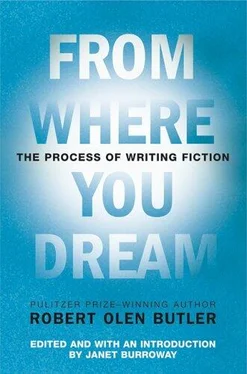
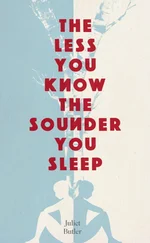
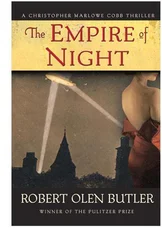
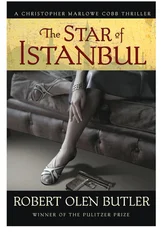
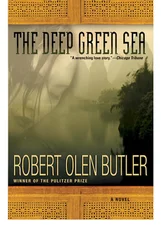
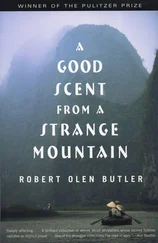
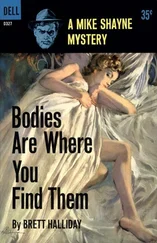
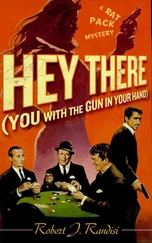

![Theresa Cheung - The Dream Dictionary from A to Z [Revised edition] - The Ultimate A–Z to Interpret the Secrets of Your Dreams](/books/692092/theresa-cheung-the-dream-dictionary-from-a-to-z-r-thumb.webp)
